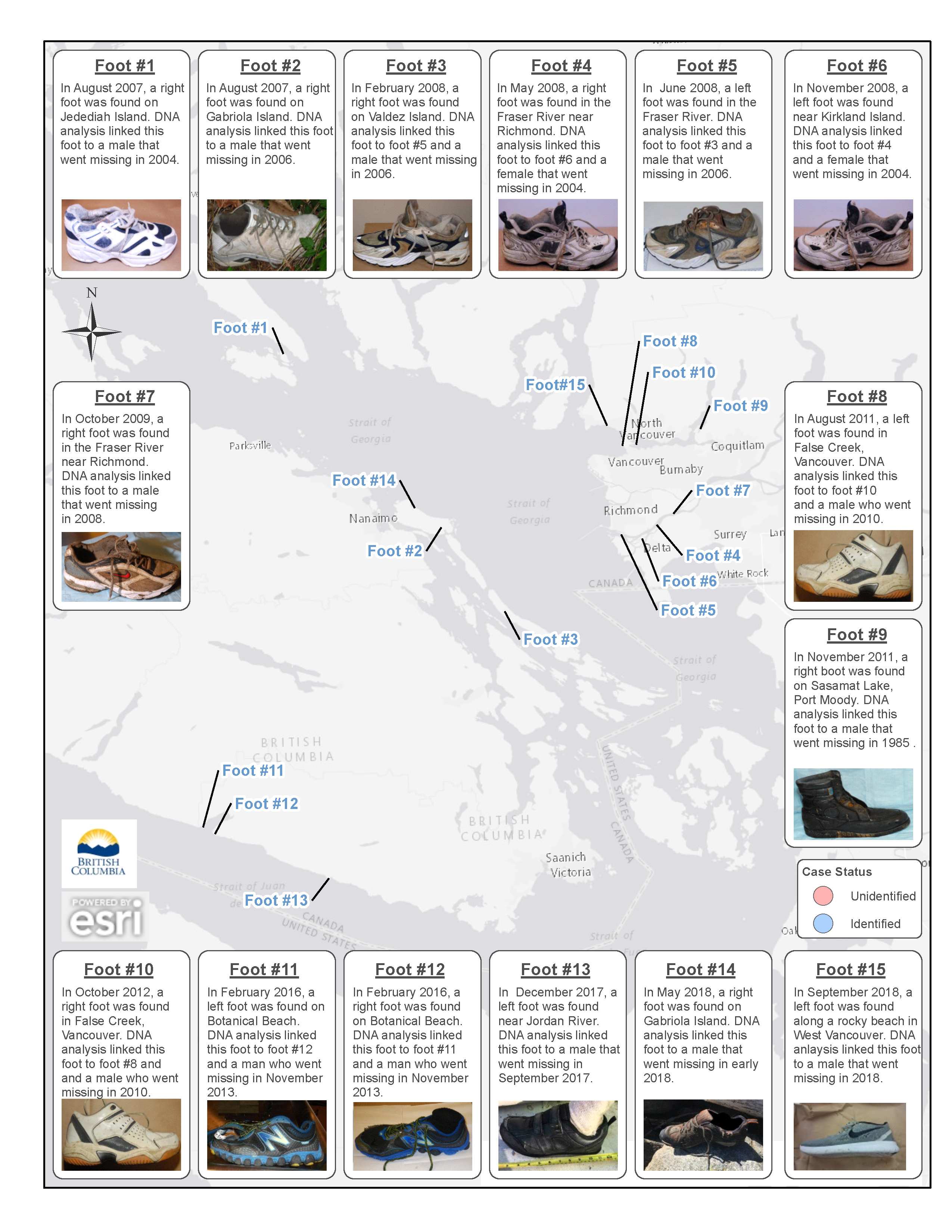Special Investigations
Unregulated Drug Deaths in B.C.
On April 14, 2016, a significant increase in drug-related overdoses and deaths prompted then-provincial health officer Dr. Perry Kendall to declare a public health emergency.
Established in 2017, the Acute Substance Toxicity Unit (ASTU) completes detailed investigations into all accidental deaths resulting from illicit drug use with the goal of supporting evidence-based efforts to reduce the frequency of unregulated drug deaths. Information gathered from these investigations allows the Coroners Service research unit to identify patterns and trends and help determine who may be most at risk and where meaningful efforts and interventions can be made to prevent future deaths.
The BC Coroners Service is a partner on the BC Drug Overdose and Alert Partnership and provides other stakeholders in the group, including public health officials, regional health authorities, the BC Centre for Disease Control and law enforcement agencies with timely mortality data in support of evidence-based programs in an effort to reduce these deaths.
Identification of Human Remains
One of the roles of the BC Coroners Service is to determine the identity of the decedent in all sudden and unexpected deaths in the province. Normally, identification is achieved through evidence and information available at the scene of death. Most often, this is by visual confirmation by a person who knows the deceased (e.g. family, friend, neighbour). However, there can be situations where visual identification is not possible and where there is insufficient evidence for a positive identification. In these situations, the identification unit is available to assist.
The Identification Section of the SIU includes an Identification Specialist, a Geographic Information Systems (GIS) Analyst and an Identification Analyst. British Columbia is the only jurisdiction in Canada with this special investigations team. The team employs a number of methods to support positive identification including DNA testing, dental examination, isotopic testing, confirmation of surgical implants, tattoos/scars, fingerprints, facial reconstruction, and circumstantial analysis. The team also administers the Coroners Service’s DNA database, which includes profiles from unidentified human remains cases dating back to the 1950s, and reference profiles for missing persons believed to be deceased in B.C.
Unidentified Human Remains – Open Investigations
In conjunction with police agencies, the Coroners Service actively seeks the assistance of the public to identify found remains. Each case presented may include retouched facial photographs, photographs of tattoos and distinguishing physical features and facial reconstructions. These fabricated images may not always resemble the person as they actually appeared during life and should be considered an approximation of their appearance. With your help, we hope to bring some closure to families who are searching for a loved one.
What To Do If You Find Human Remains
Please do not touch the found remains, and definitely do not take them home with you. If you come across something resembling the remains of a human or are unsure of what the remains are, even if it’s just one bone, please contact your local police department before doing anything further and await instructions from authorities. If you are unable to call from your location, try to capture your location, take photos and then call police with that information.
Presumption of Death Form
The disappearance of a loved one is one of the most painful experiences a person can go through. Questions arise but finding answers can be difficult. Seeking Legal Declaration of Death for a Missing Person will help you understand under what limited circumstances the Coroners Service can investigate a presumed death, and gives advice on how to obtain a declaration of death though the BC Supreme Court.

